Qalaat al-Shaghur قلعة الشغور
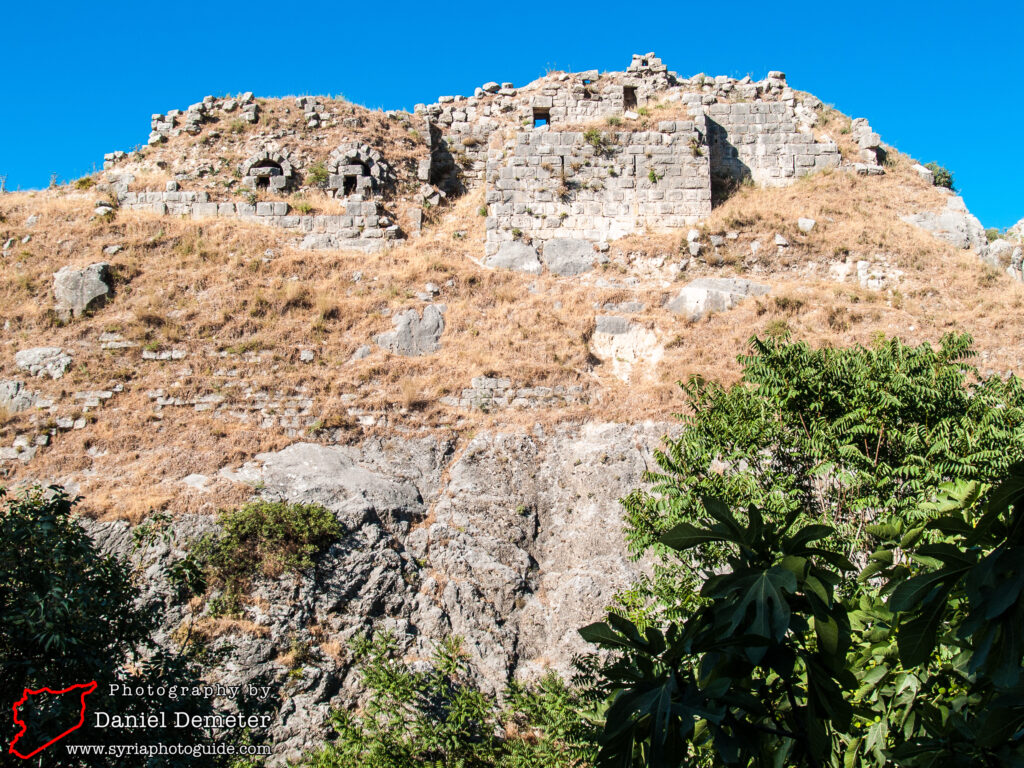
Qalaat al-Shaghur (قلعة الشغور), also known as Bakas (بكاس), is one of the most impressive castle sites in Syria. While the remains of the Crusader fortress here are minimal, the stunning location makes it well worth a visit. The castle sits on a rocky promontory, hundreds of meters above a sharp bend in the river known locally as Nahr al-Abiad (نهر الأبيض), a tributary of the Orontes (العاصي). Aside from a couple surviving towers, the remains are somewhat challenging to relate to the original construction. The natural fortifications of the site are easy to appreciate, however, with incredible views of the mountains to the north and the river rushing away to the east.
The northern end of the site had been fortified during the Byzantine period. It was rebuilt and extended along the southern reaches of the promontory by the Crusaders, but the date of their occupation is not known. There is no mention of the castle in Crusader records, so most information comes from Arab sources, especially the accounts of the 1188 campaign of Salah al-Din (صلاح الدين). Due to the narrowness of the site, the Crusaders divided the fortifications between two separate compounds. The lower northern keep (over 200 meters long but only 30 meters wide) was separated from the southern fortification by an open space protected by two small ditches. To separate the southern compound from the adjoining heights, a deep trench was cut in the rock.
The castle fell to Salah al-Din (صلاح الدين) in his famous campaign of 1188 when he rolled back the greater part of the Crusader presence on the eastern side of the coastal mountains. The attack began immediately after the fall of Saône, now known as Qalaat Salah al-Din (قلعة صلاح الدين), on July 30. The southern compound fell to Salah al-Din (صلاح الدين) on August 5th, the Crusaders taking refuge in the lower redoubt to the north. The garrison surrendered on August 12th, having failed in their attempts to attract help from Bohemond III, Prince of Antioch, in whose realms the castle lay. The Mongols took the fortress, probably in 1260, but Baibers seized it from them in the next decade. An earthquake caused serious damage in 1404, beginning the process of decay which has reduced the ruins to a few fragments of walls and cisterns.
The nearby modern village of al-Shaghur (الشغور), also known as al-Shaghur al-Qadimeh (الشغور القديمة), is a stop on the Aleppo (حلب) to Lattakia (اللاذقية) railway. The ridge that runs down to the castle is pierced by a railway tunnel.
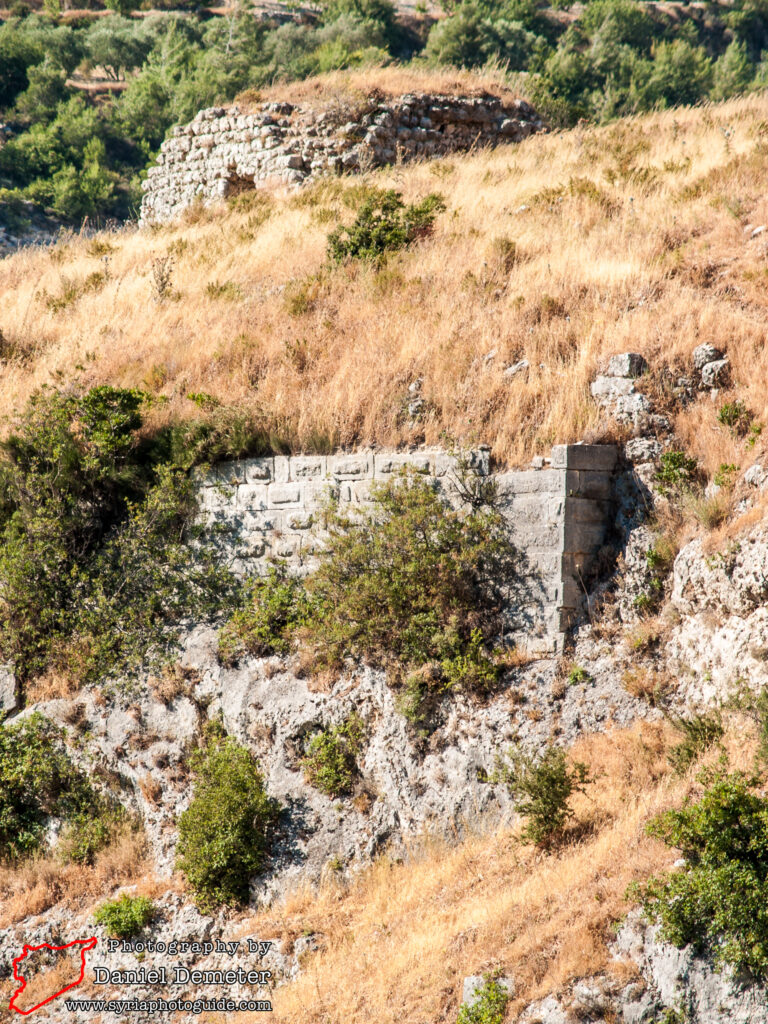
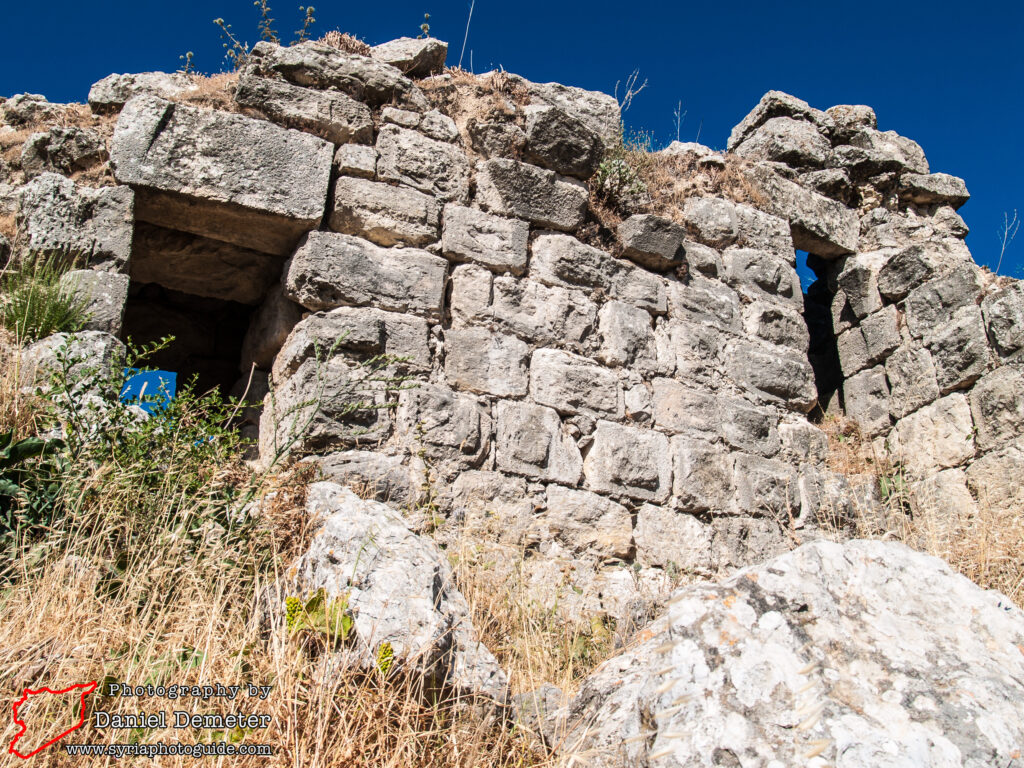
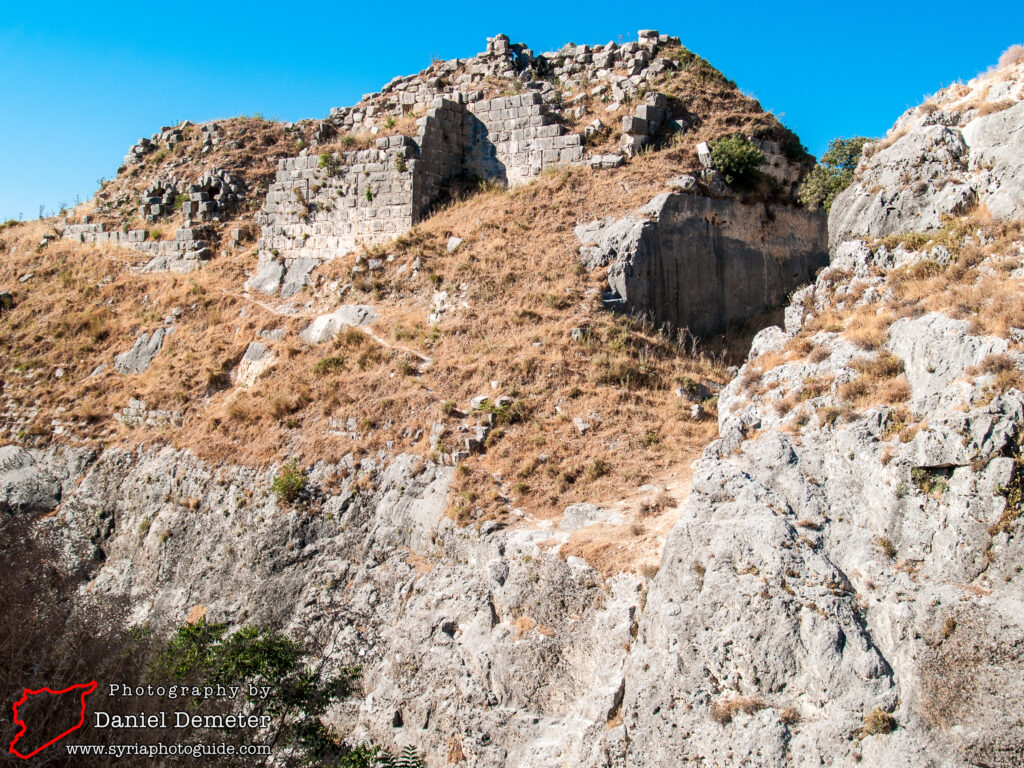
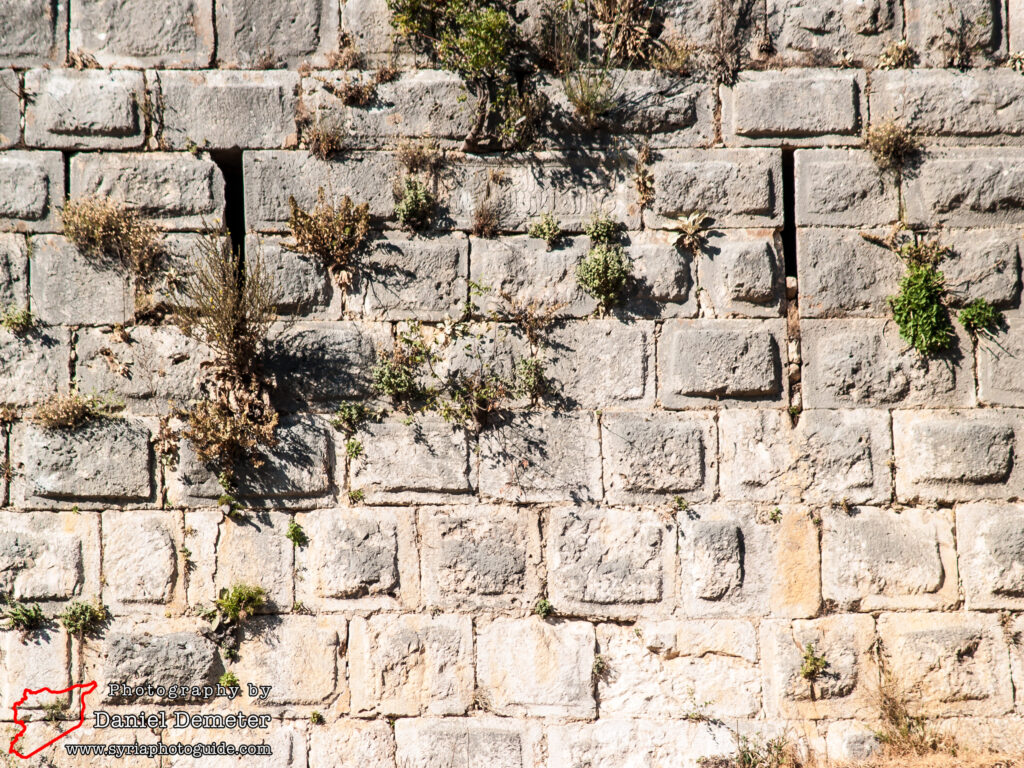
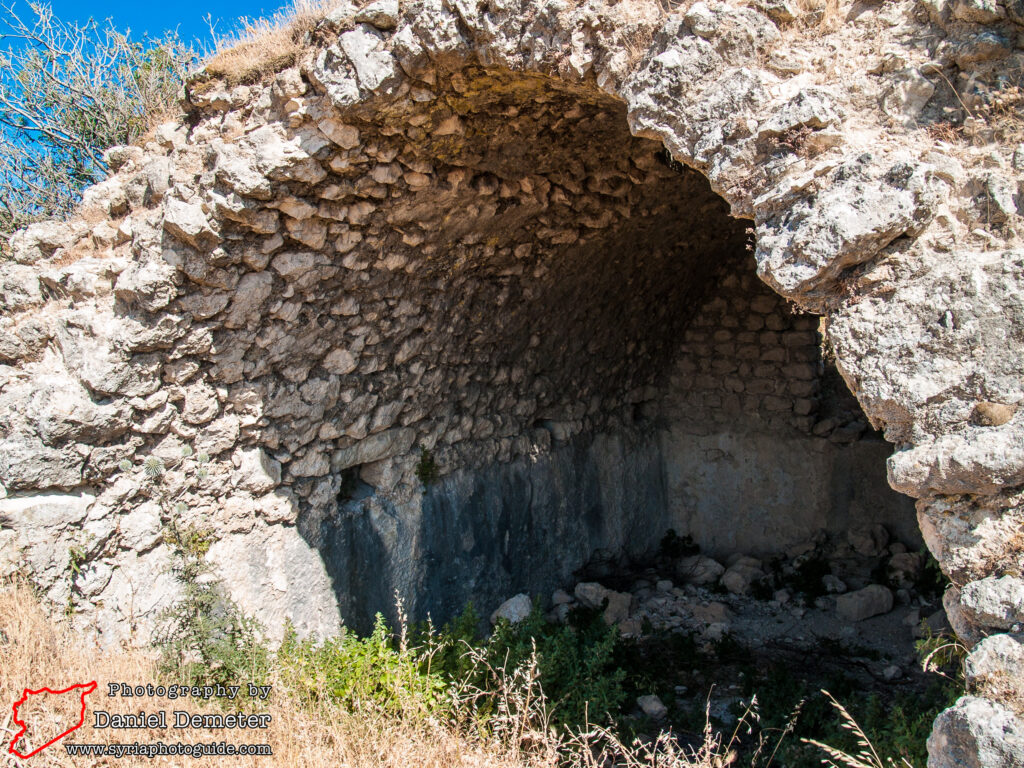
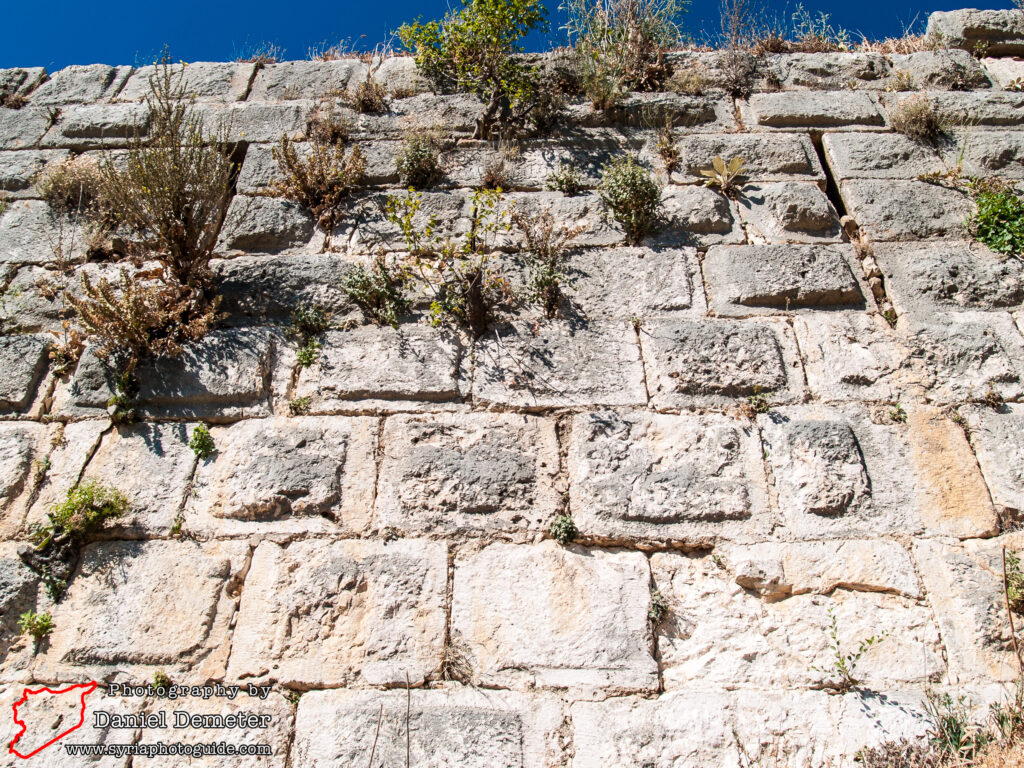
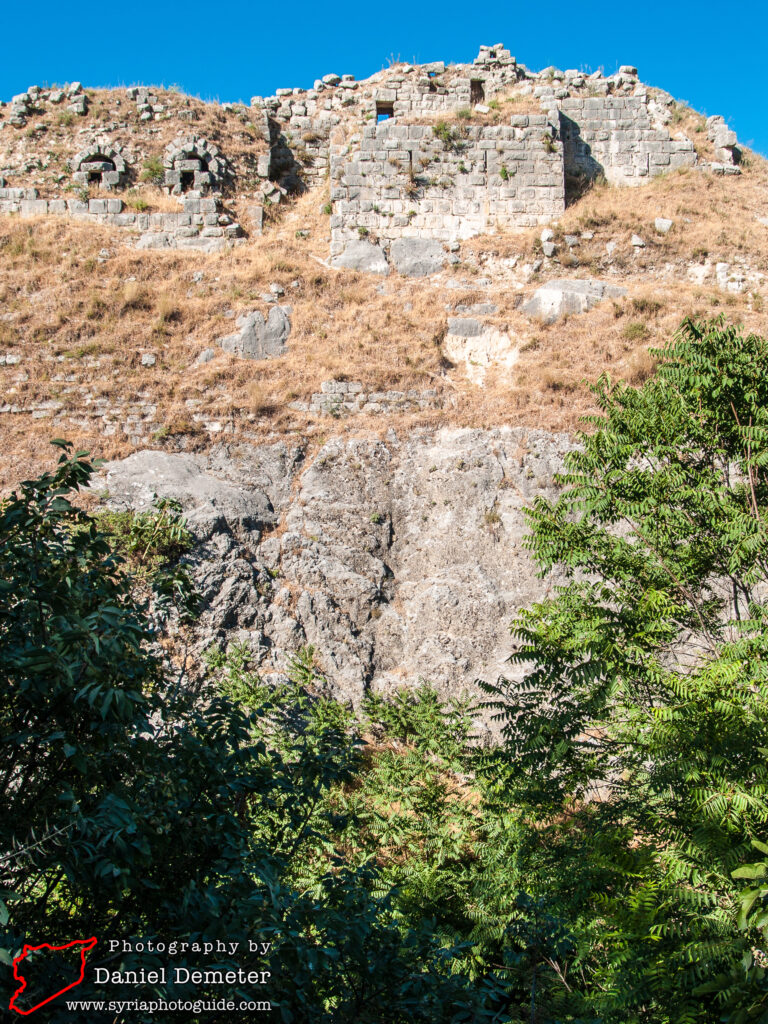
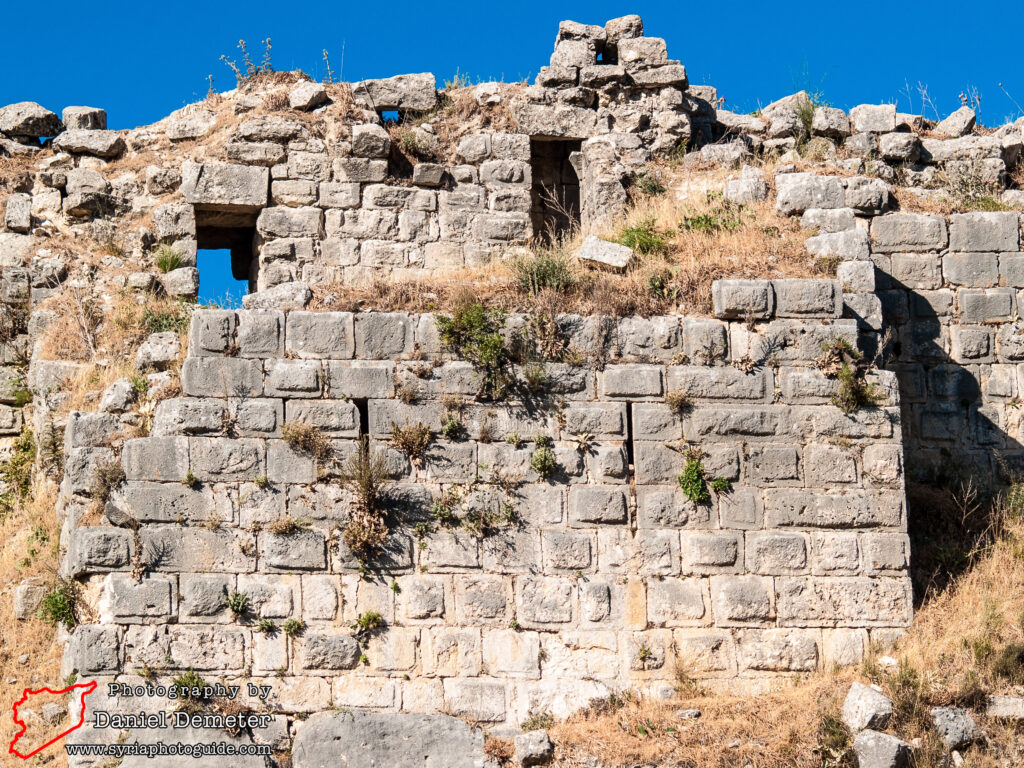
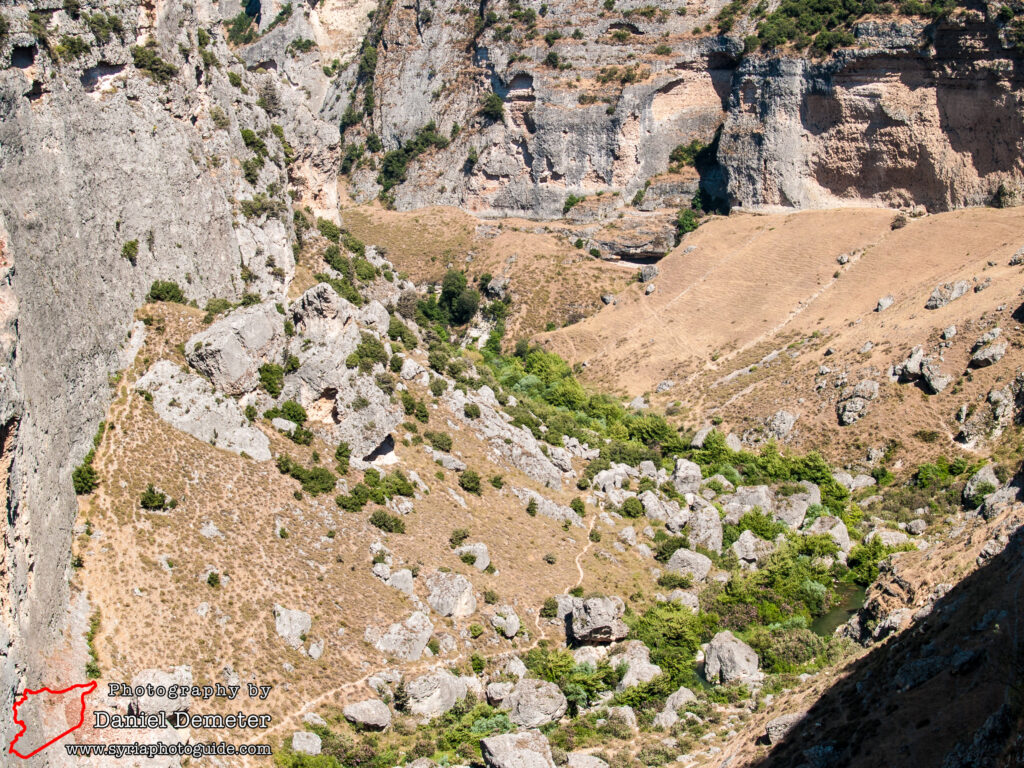
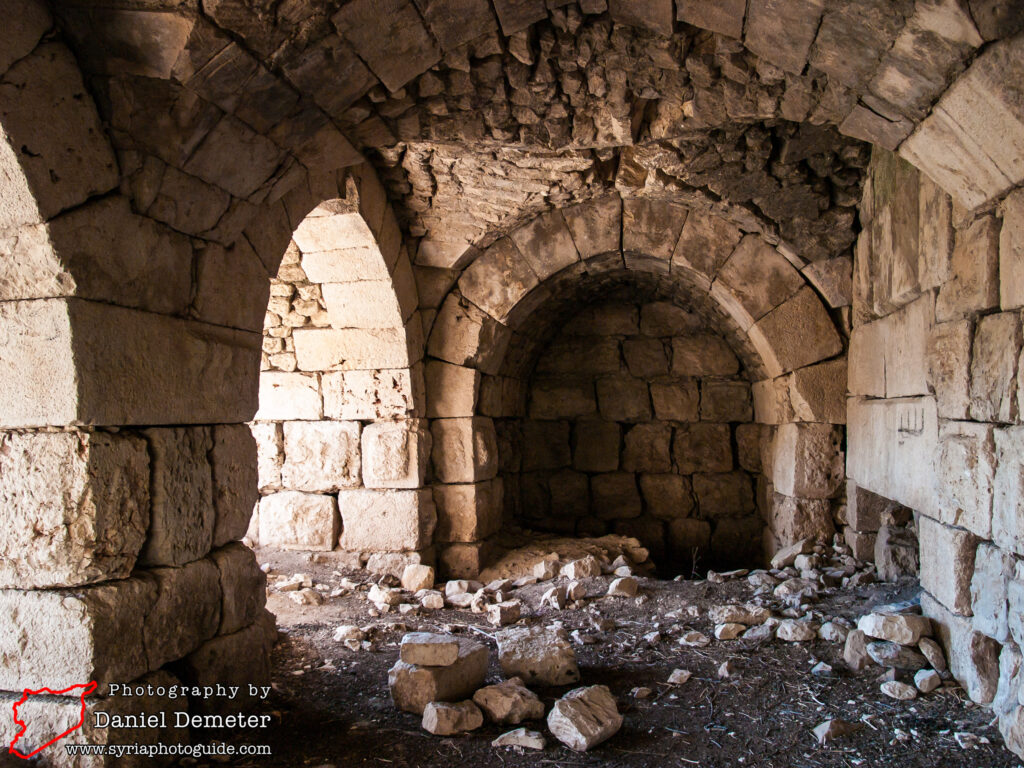
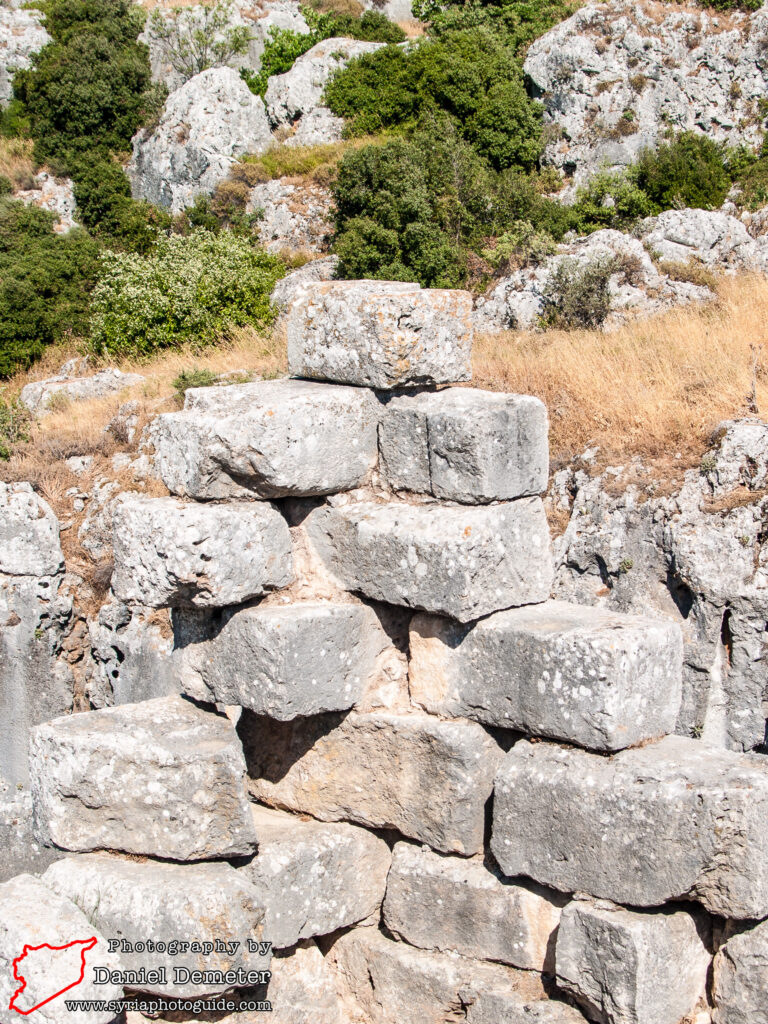
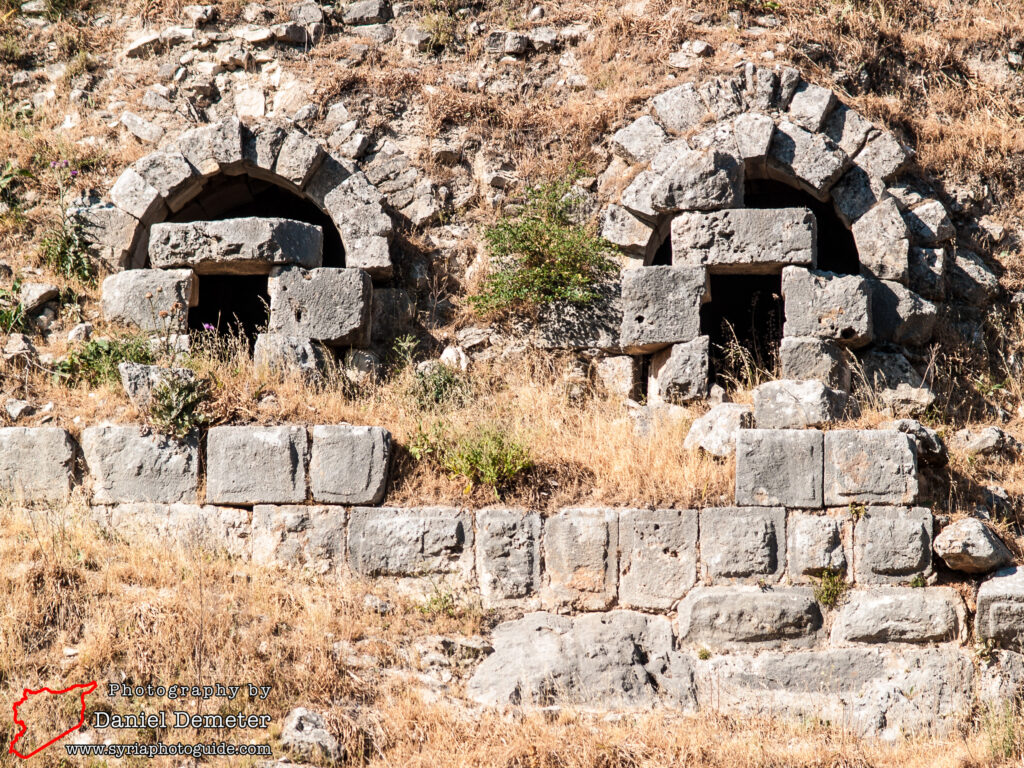

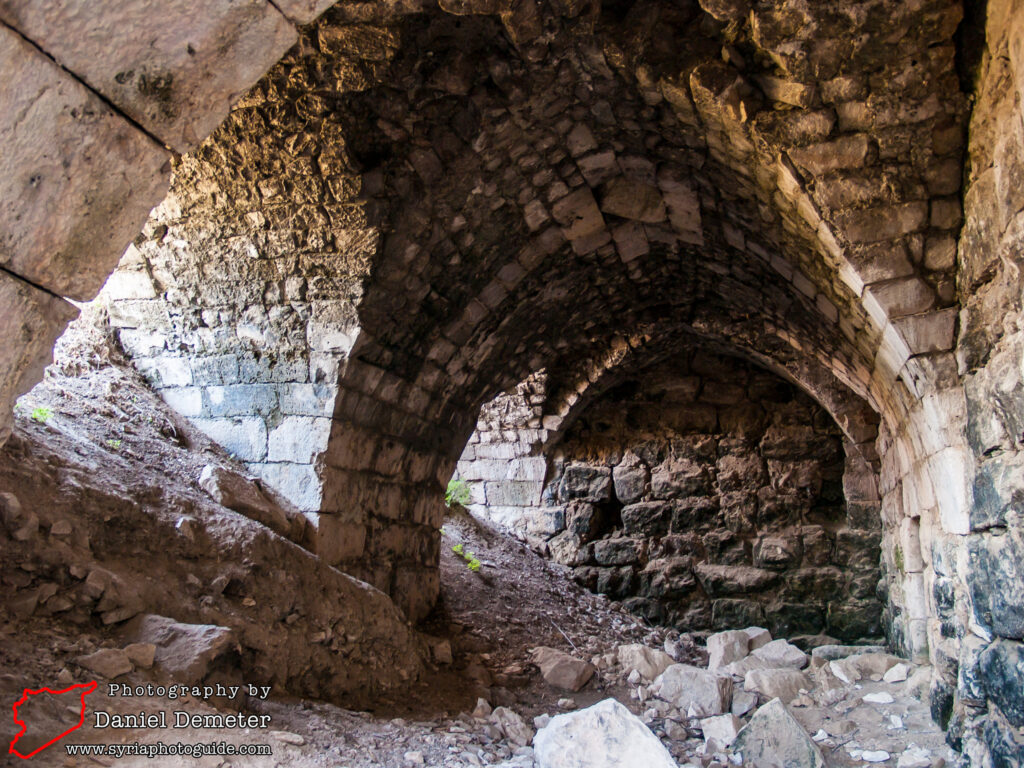
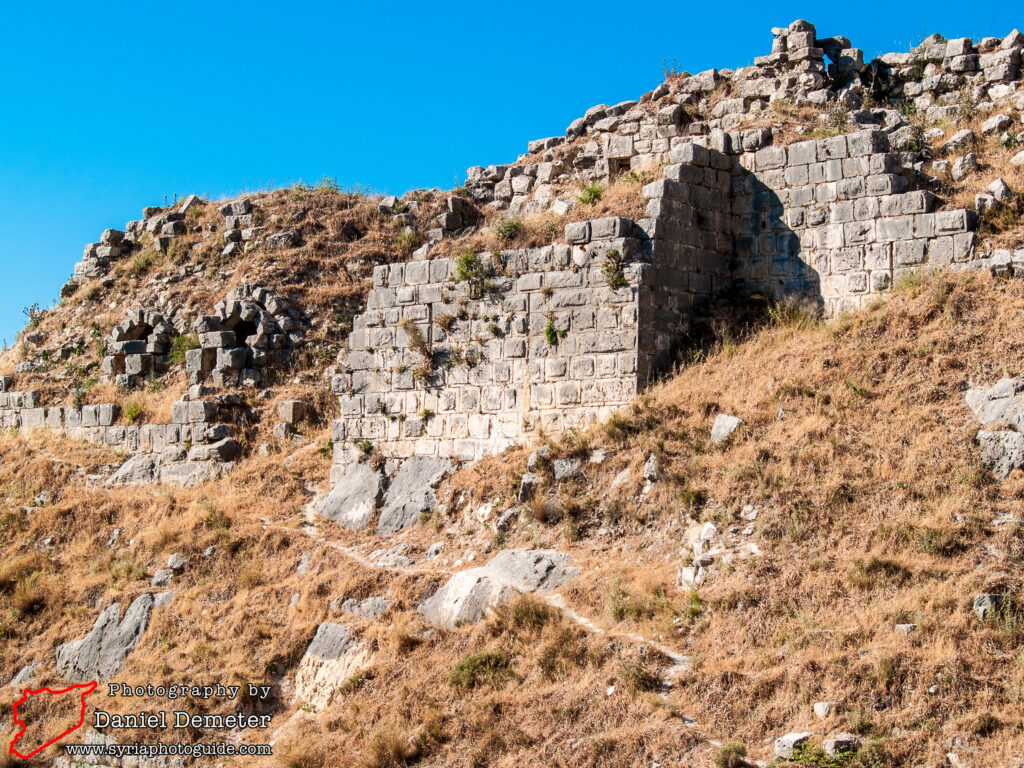
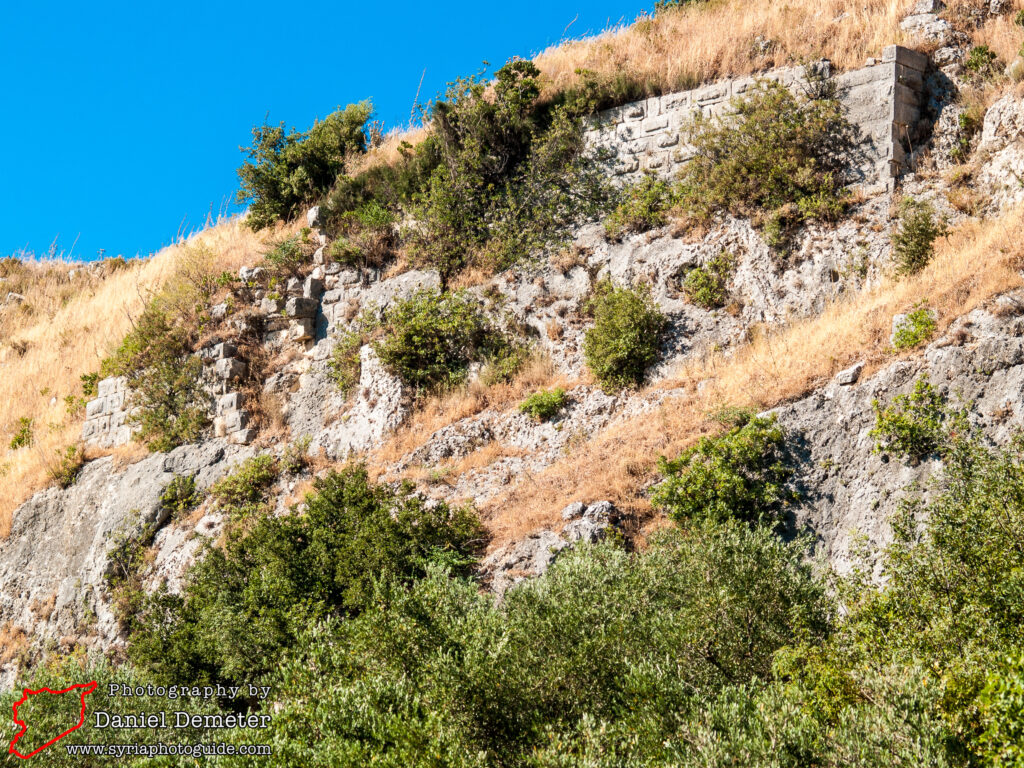
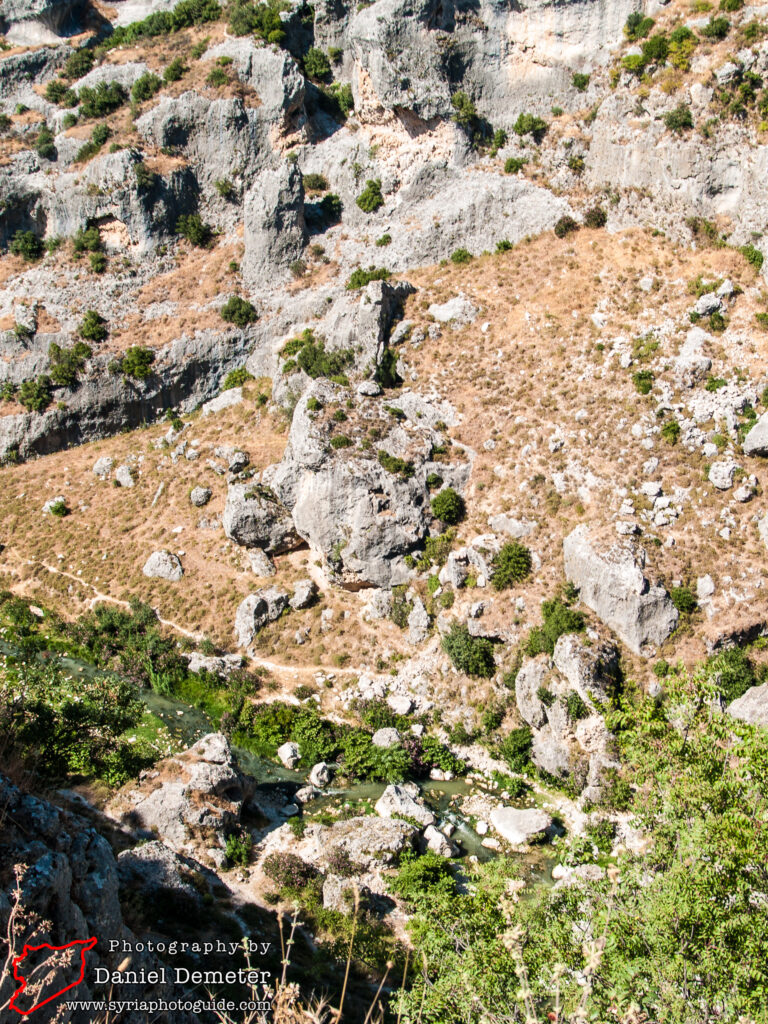
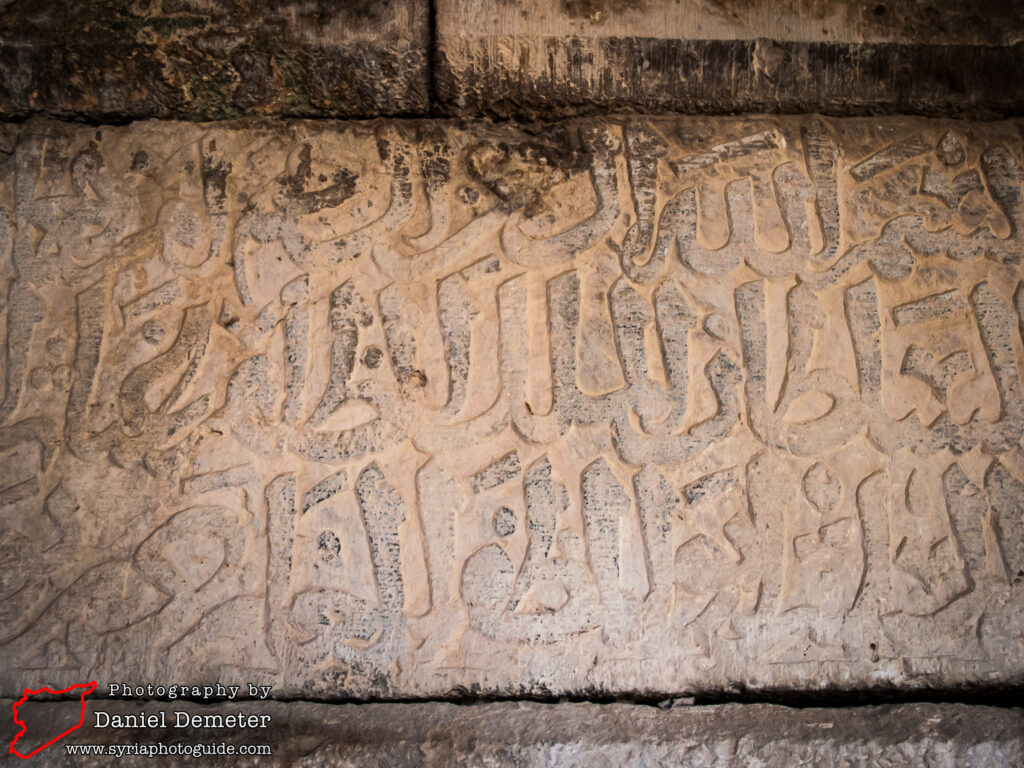
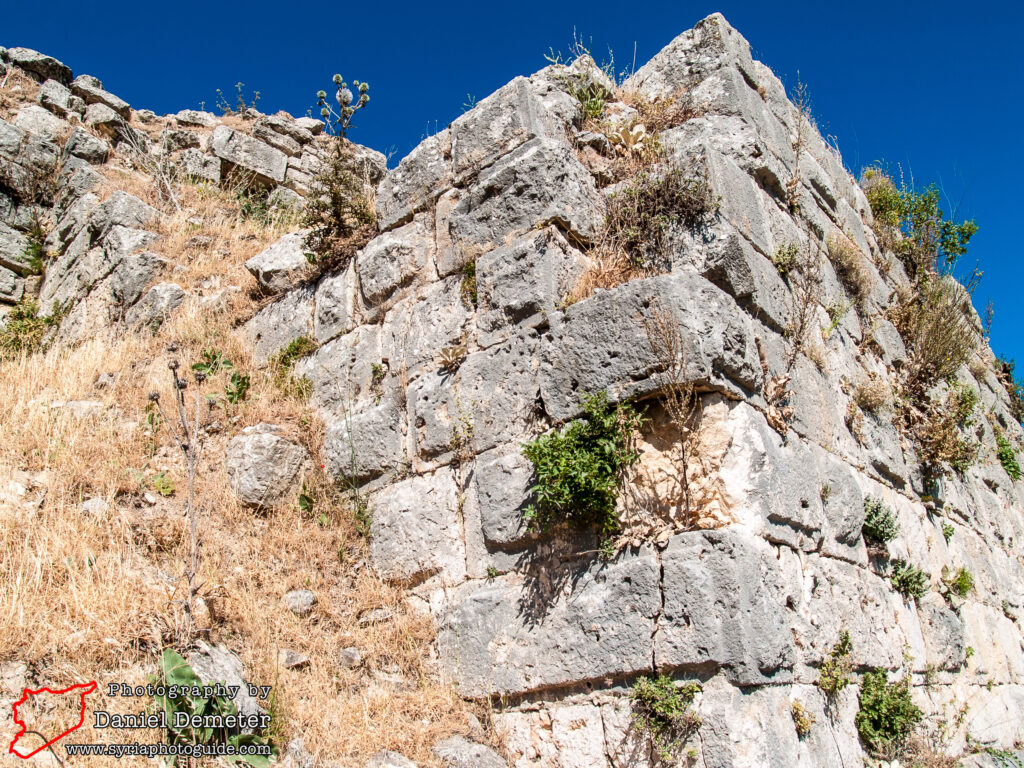
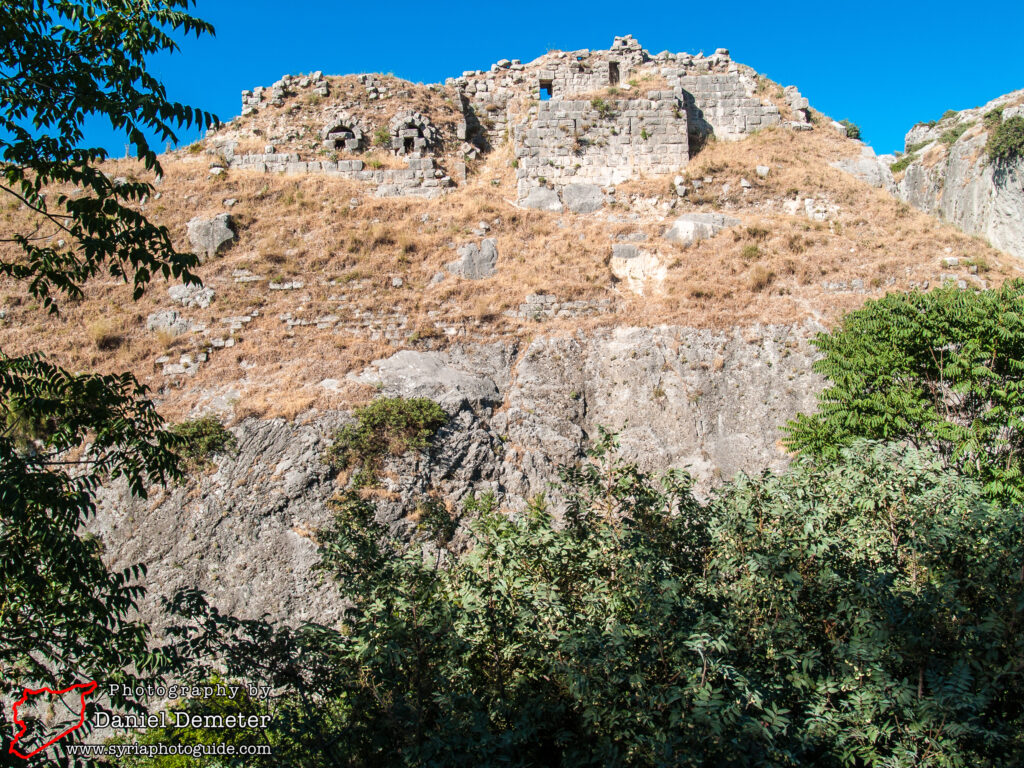
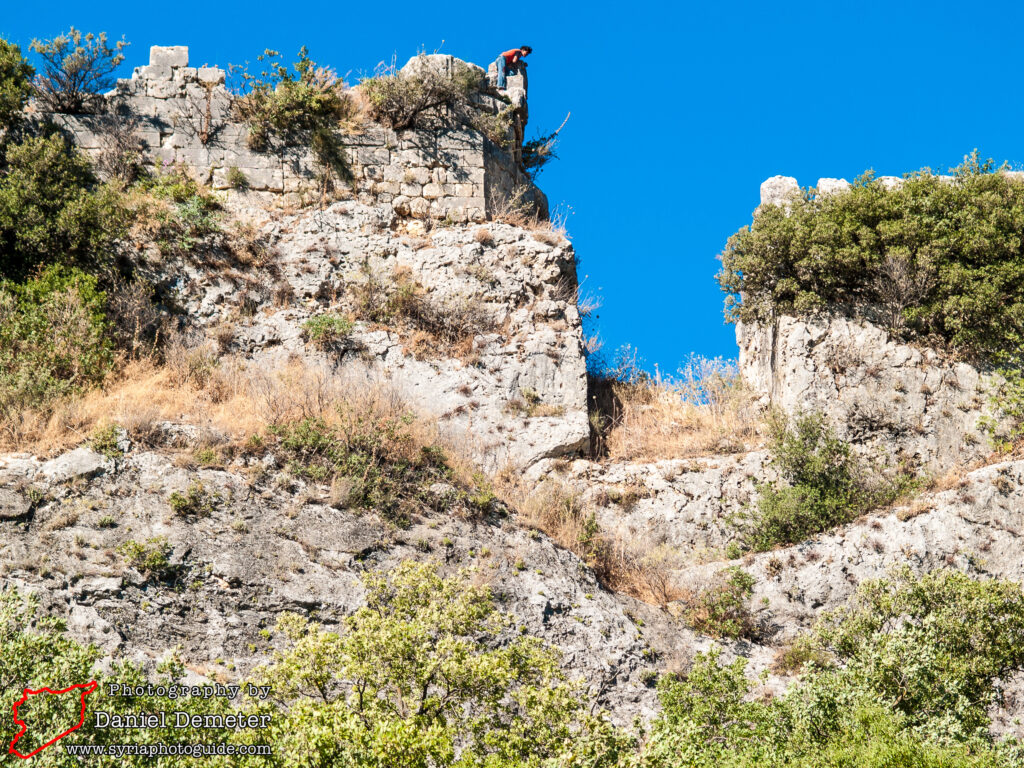
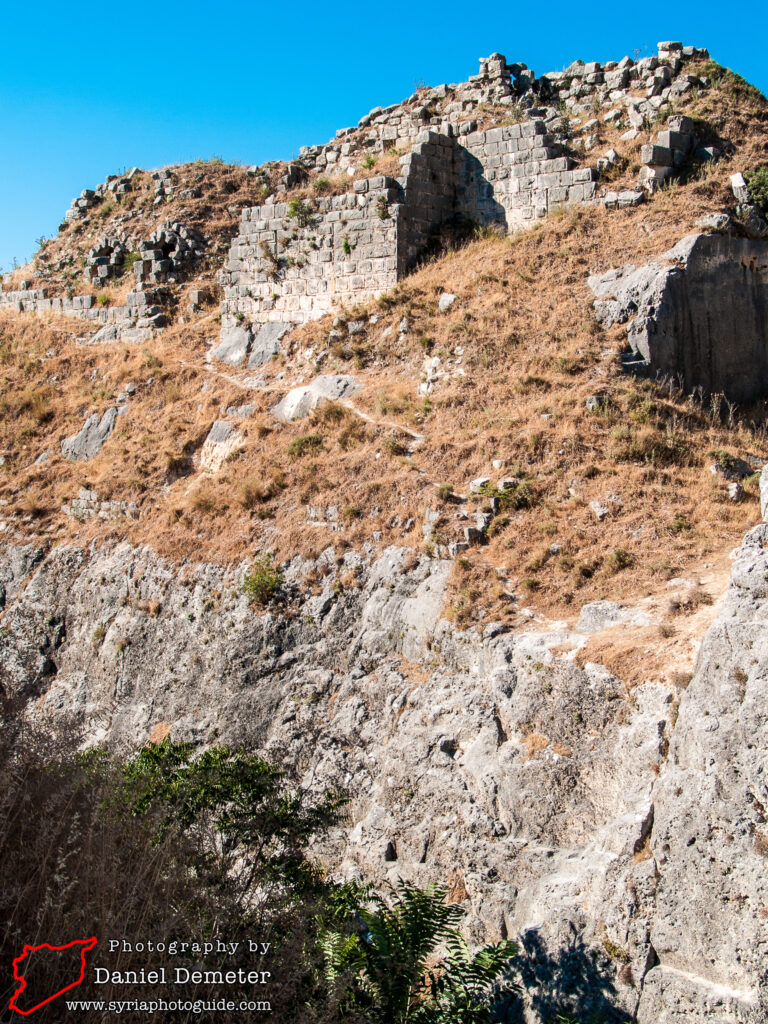
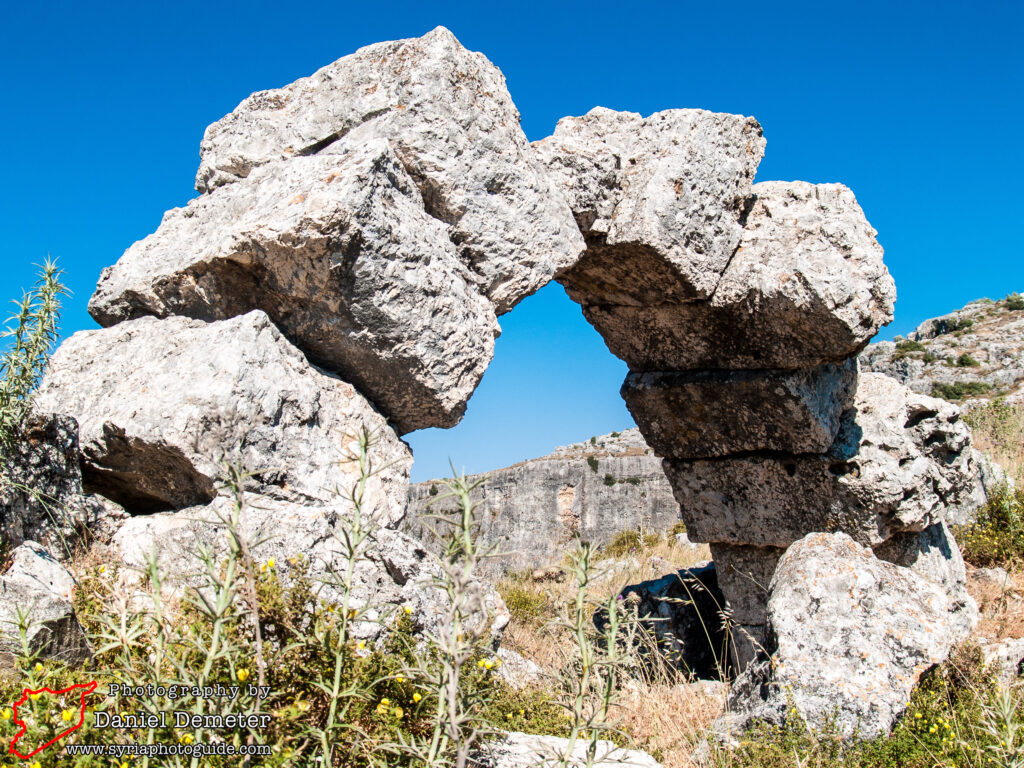
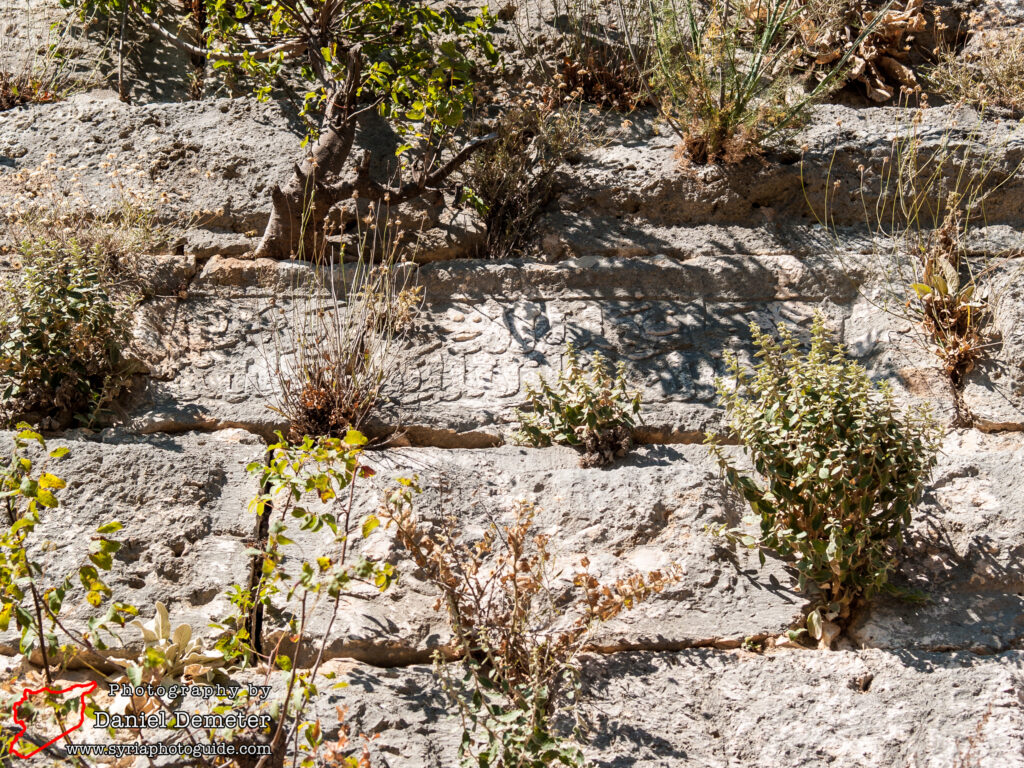
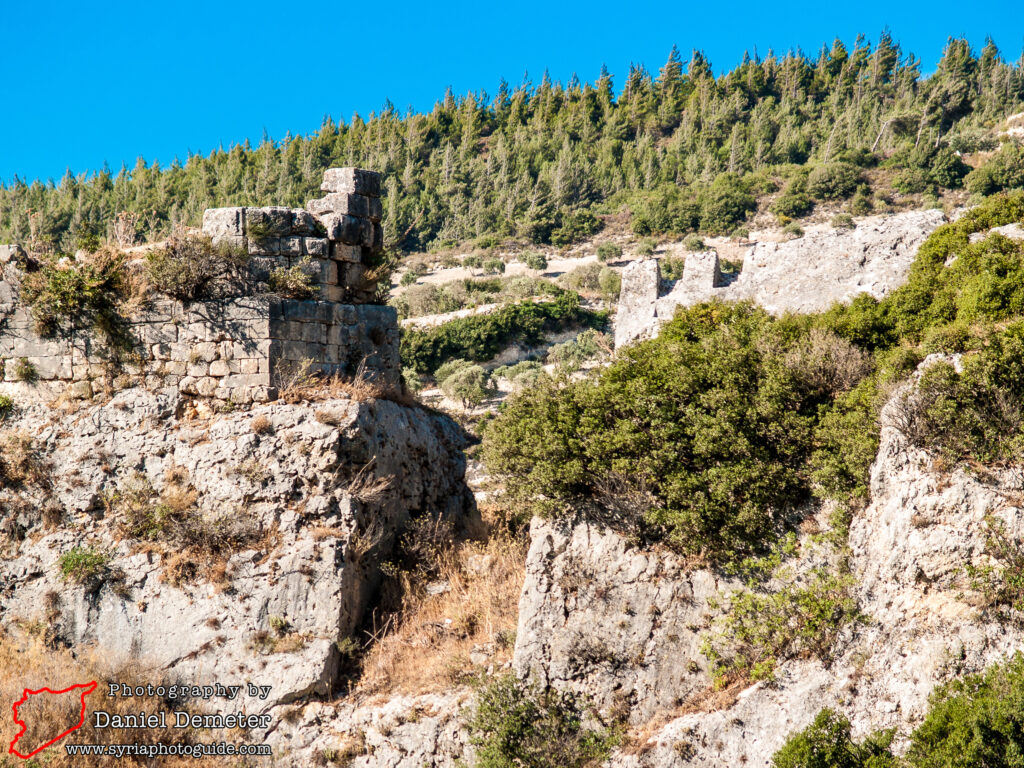
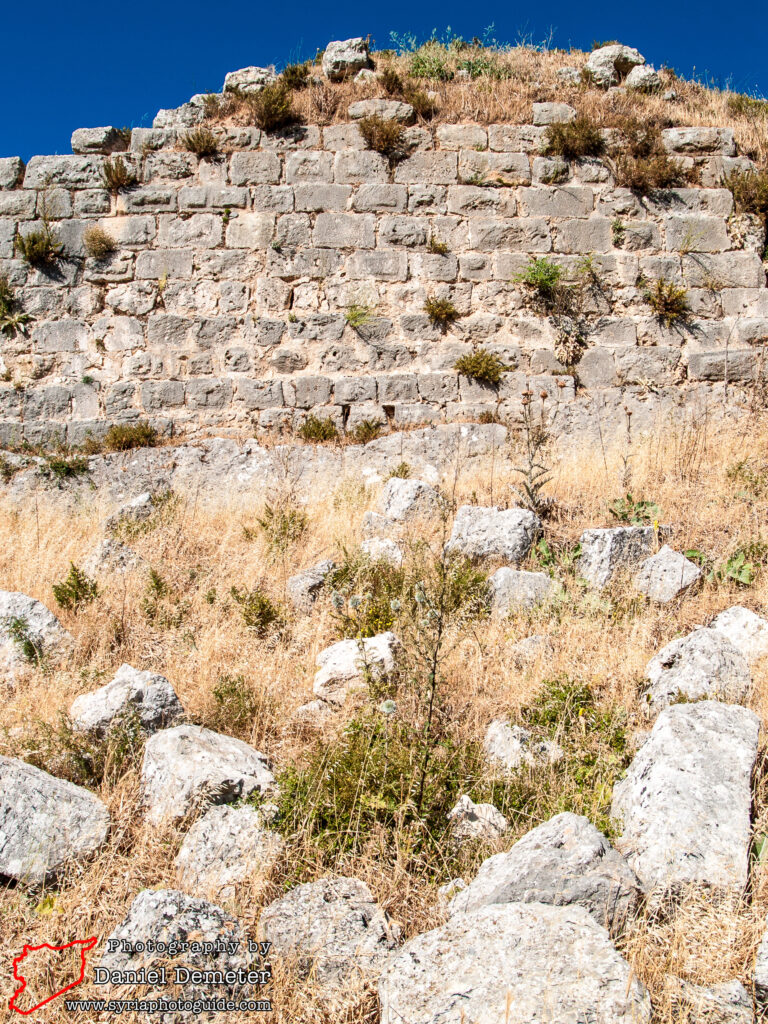
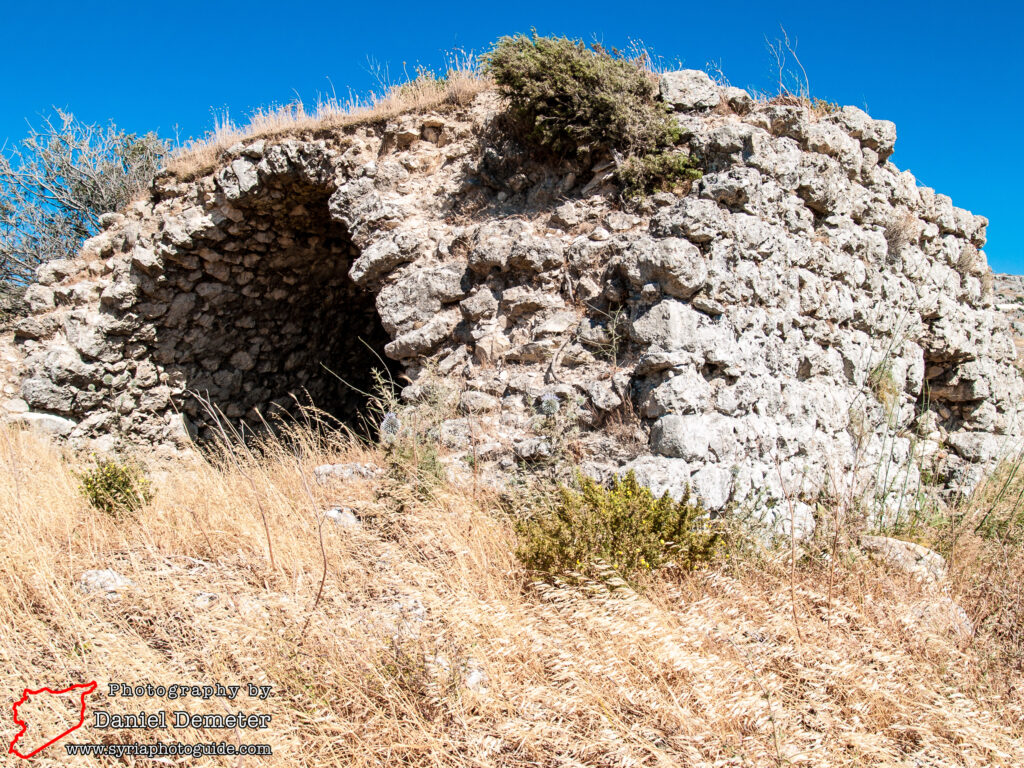
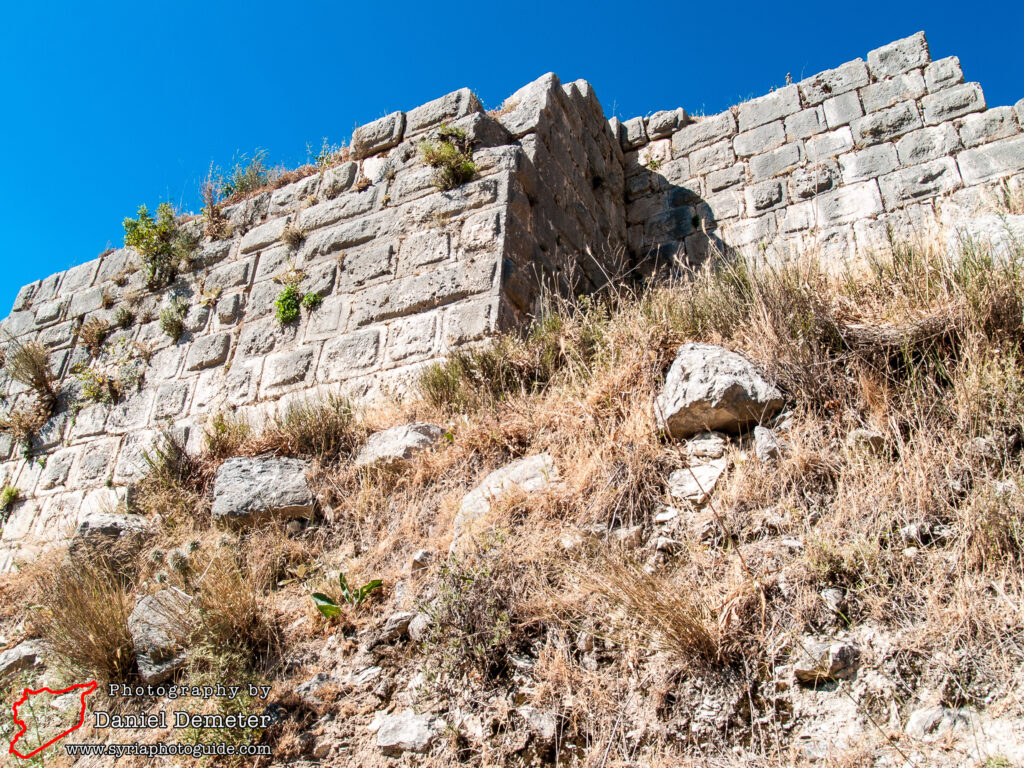
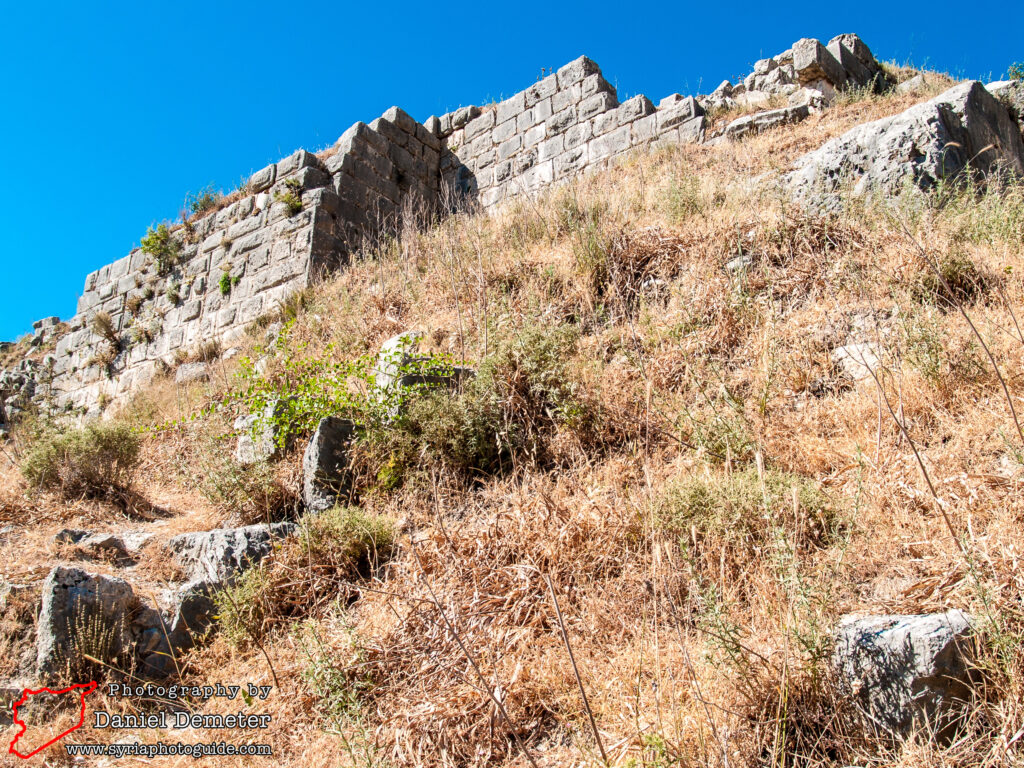
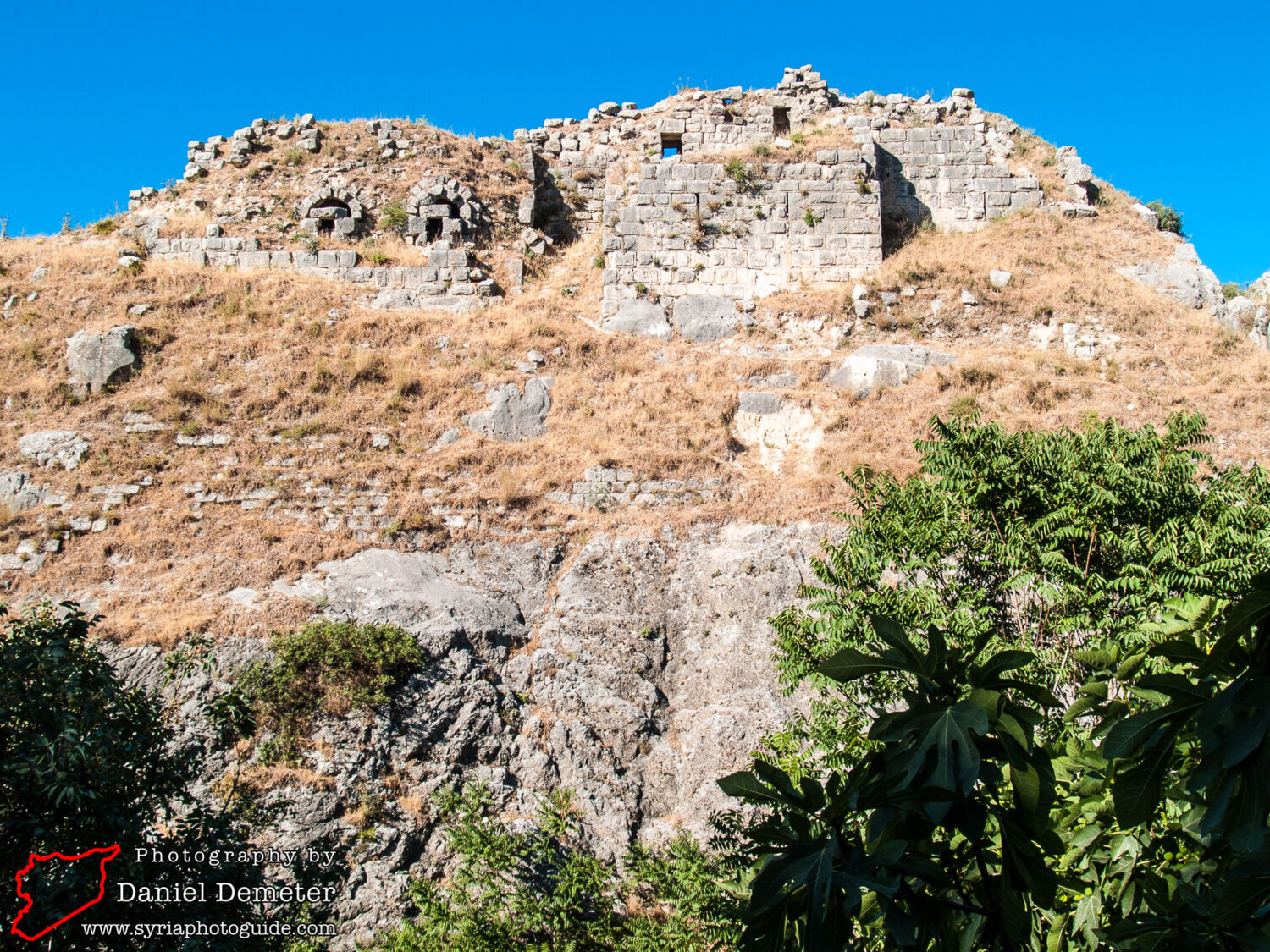
Getting There: Microbuses to Qalaat al-Shaghur (قلعة الشغور) travel from Jisr al-Shaghur (جسر الشغور), the largest town in the area. Jisr al-Shaghur (جسر الشغور) has frequent microbus connections with Lattakia (اللاذقية) and Aleppo (حلب), and less frequent connections with Hama (حماة) via al-Suqeilbiyeh (الصفيلبية). Once in Jisr al-Shaghur (جسر الشغور), look for a microbus heading to al-Shaghur (الشغور) or al-Shaghur al-Qadimeh (الشغور القديمة) leaving from the street two blocks west of the main microbus station. The trip takes about 15 minutes.
Note that the slow train between Aleppo (حلب) and Lattakia (اللاذقية) also makes a stop in al-Shaghur (الشغور), which may be convenient depending on your schedule.
Coordinates: 35°51’07.62″N / 36°17’08.87″E
Transliteration Variants: Qalaat al-Shaghour, Qalaat al-Shughur, Qalaat al-Shughour, Qalaat al-Shagur, Qalaat al-Shagour, Qalaat al-Shugur, Qalaat al-Shugour
Rating: 5 / 10
